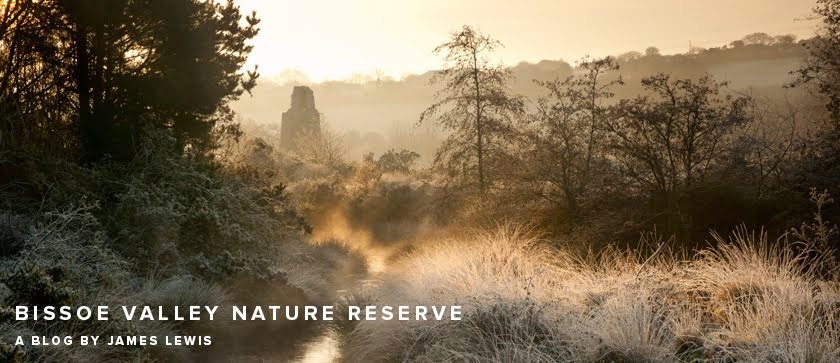I make my way to Bissoe a few times every week in the hope of find something new and interesting. Since my last post - videos of some common birds at Bissoe - I have decided that I simply haven't shot enough video over this past term to put together a film worthy of a degree project. It's a real shame, but stopping filming means that I can focus of my stills photography and, hopefully, produce a volume of work I'm really proud of. So without this sounding too much like my project logbook, I now have a much clearer focus for this assignment.
Over the past few days I have photographed some new species at Bissoe Valley and also managed to take some shots I have been trying to get for a while.
This Blackcap did not stay very long as I had just left my hide to photograph a nearby Song Thrush. I thought it was a Coal Tit at first, as they had been all over my strategically placed bird feeder. It's the first time I've photographed one and if it returns I will try and improve on this shot.
Whilst, rather unfortunately, photographing some Great Tits, I heard some crows making a lot of noise. I turned and saw two buzzards being chased by crows swooping at head height about 20 metres away from where I was stood. GUTTED! I had a 500mm lens on me but they had flown off before my brain could register what just happened. I had forgotten how big they are! Anyway, they both perched up in nearby trees. The first one flew off as soon as I emerged to photograph it, but this second one stayed a bit longer - long enough for me to get a basic shot. It reminded me that I need to start photographing these birds more.


On a clear night a few days ago, I headed out to see how Bissoe looked at night. Unfortunately the moon wasn't shining, so it didn't light up the foreground much. However, the dark sky was ablaze with stars - it turns out there's much less light pollution in the Valley than most other places I do night photography. I was trying to encapsulate the industrial history of the place by using this old ruin/ building as a focal point.
Oh yeah, and it was so clear and dark that I could see the Milky Way with my bear eyes (ha, bare eyes) as the photo on the right (look up) shows.
Why a Robin? On a feeder? Come on James, you can do better than this...
Well, it's the most Christmassy photo I taken this winter, and it's 1st December so that completely justifies this image.



















































